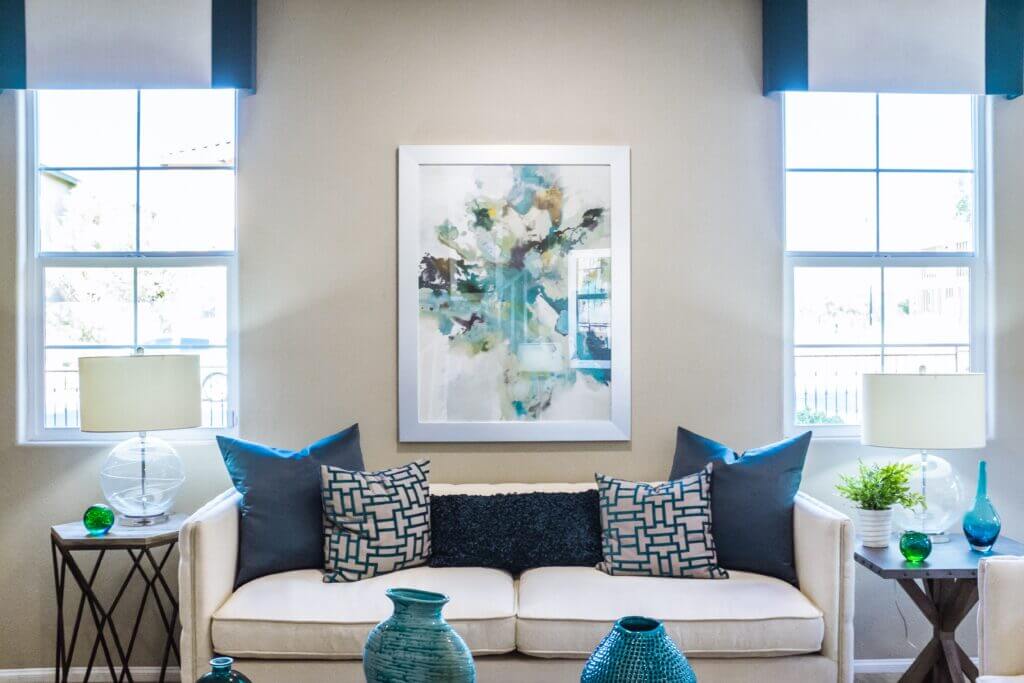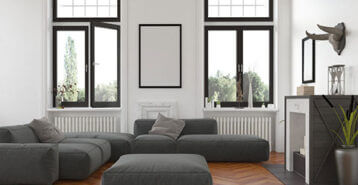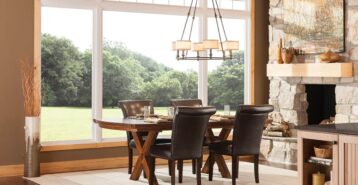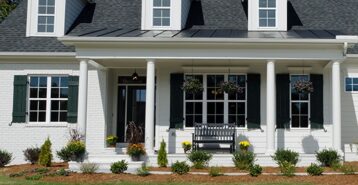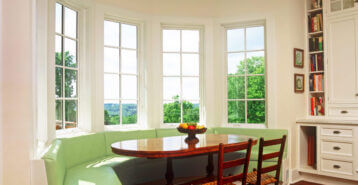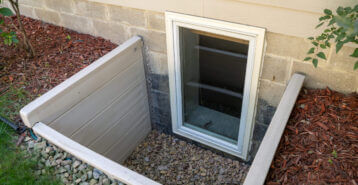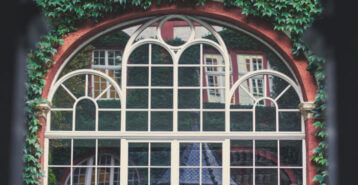What Are Single-Hung Windows?
Single-hung windows are one of the most common replacement window types for homeowners considering new windows. It features a simple design consisting of two stacked sashes, where only the bottom sash moves vertically while the top sash remains fixed. It’s an affordable and energy-efficient choice for rooms throughout the home, offering reliability, ease of use, and a streamlined aesthetic.
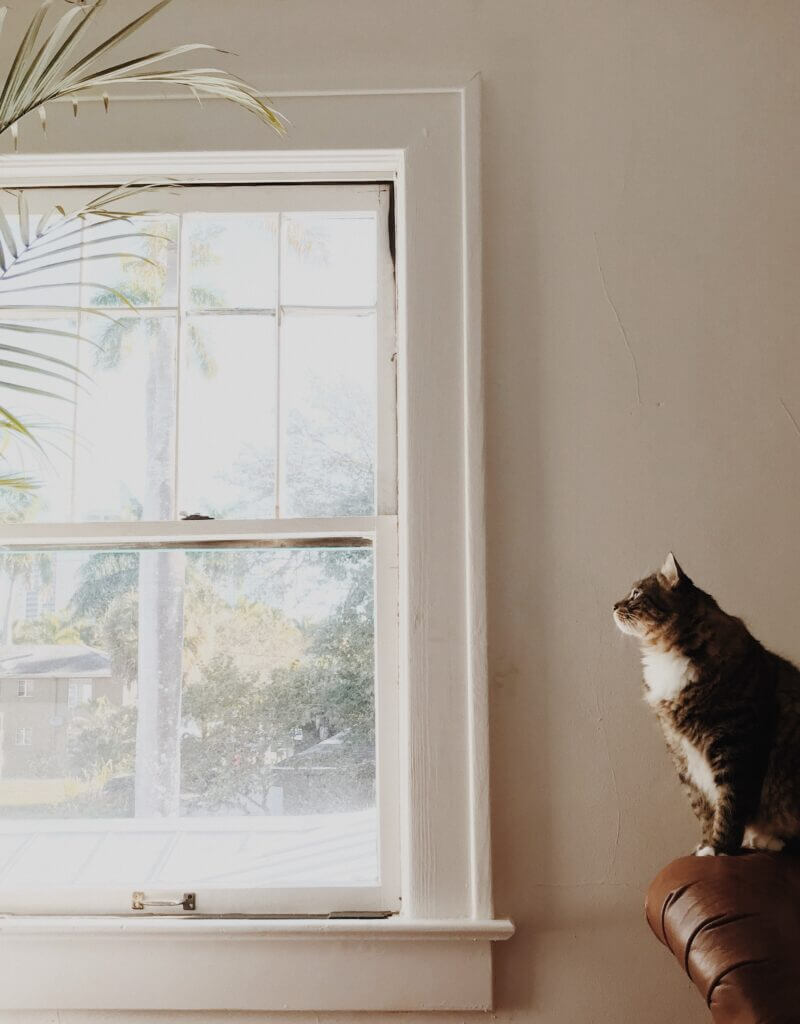
Standard Single-Hung Window Sizes
Single-hung windows are available in a range of standard sizes, which simplifies the replacement process and keeps costs lower. Custom sizes are also available for unique architectural needs.
Here’s a helpful chart showing some common standard single-hung window sizes:
| Width (inches) | Height (inches) |
|---|---|
| 24 | 36 |
| 24 | 48 |
| 28 | 54 |
| 32 | 54 |
| 36 | 60 |
| 36 | 72 |
| 48 | 48 |
| 48 | 60 |
These dimensions are approximate and may vary slightly among manufacturers. Always confirm measurements before ordering new windows.
What Do Single-Hung Windows Look Like?
Single-hung windows are a sash-type window that opens vertically. They offer a sleek, clean appearance, with the bottom sash moving up and down to control airflow. When many people think of standard windows in a home, this window type comes to mind.
They’re available in various frame materials, including vinyl, wood, aluminum, and fiberglass. This flexibility allows homeowners to match their windows to their preferred aesthetic and budget.
What Are the Parts of a Single-Hung Window?
A single-hung window consists of two sashes stacked vertically. However, only the bottom sash is operable, sliding upward to open, while the upper sash remains fixed. This design allows for controlled ventilation without protruding into interior or exterior spaces.
Since the window does not swing inward or outward, it fits well in tight areas where clearance might be limited.
Types of Single-Hung Windows
Single-hung windows come in several variations that cater to different aesthetic preferences and functional requirements:
- Standard: Traditional rectangular shape with clear glass panes, suitable for most residential applications.
- Windows with Grilles: Include decorative grilles or grids between or on top of the glass to mimic divided-light styles, adding character.
- Impact-Resistant: Designed for storm-prone regions, these feature stronger glass and reinforced frames to withstand severe weather.
- Energy-Efficient: Incorporate insulated frames, low-emissivity (Low-E) glass coatings, and gas fills between panes to enhance thermal performance.
- Custom-Shaped: Available in specialty shapes like arches or eyebrow tops for unique architectural designs.
Single-Hung Window Replacement Cost
The national average cost for this type of window is approximately $600 per window. However, costs can range widely from $400 to $850, depending on factors like frame material, glass type, energy-efficiency features, and installation requirements.
It’s helpful to see how single-hung windows compare to other popular window styles in terms of cost:
| Window Type | Average Cost Range |
|---|---|
| Single-Hung | $400 to $850 |
| Double-Hung | $430 to $915 |
| Casement | $600 to $1,270 |
| Sliding | $775 to $1,650 |
| Awning | $480 to $1,100 |
| Bay | $1,700 to $3,700+ |
| Picture | $600 to $1,300 |
| Skylight | $800 to $3,000 |
They’re one of the most affordable operable window options, making them an excellent choice for budget-conscious homeowners without sacrificing quality or style.
What Are the Benefits of Single-Hung Windows?
Single-hung windows remain a popular choice among homeowners thanks to a range of practical benefits:
- Affordability: Generally more budget-friendly than double-hung windows, making them ideal for large-scale window replacement projects.
- Low Maintenance: With fewer moving parts, these windows are easier to maintain and keep clean.
- Energy Efficiency: A single movable sash means fewer opportunities for air leakage, enhancing the window’s ability to insulate your home and lower heating and cooling costs.
- Space Saving: Their vertical operation means they don’t project inward or outward, making them suitable for rooms facing patios, walkways, or tight exterior spaces.
- Versatility: Available in numerous materials, styles, and finishes to match nearly any home design.
Are There Downsides?
While single-hung windows offer several benefits, there are a few potential drawbacks to consider:
- Limited Ventilation: Only the bottom sash opens, so airflow is not as versatile or abundant as with double-hung windows.
- Exterior Cleaning Challenges: The fixed upper sash can be more difficult to clean from inside the home, especially on upper floors.
- Less Flexibility for Airflow: In homes located in hot climates or for homeowners who frequently open their windows, the limited ventilation might be less desirable.
Even in warm climates, they can still be a suitable option for lower floors, while alternative window styles may be preferable upstairs to enhance air circulation.
Single-Hung vs. Double-Hung Windows
Single- and double-hung windows share a similar overall design but differ in functionality:
- Operation: Single-hung options feature a stationary upper sash and a movable lower sash. Double-hung windows allow both the upper and lower sashes to slide up and down.
- Ventilation: Double-hung windows provide improved ventilation since either sash can open independently, allowing homeowners to let cool air enter from the bottom or warm air escape from the top.
- Cleaning: Double-hung windows often tilt inward for easier cleaning, especially on upper floors, while single-hung windows require exterior access for cleaning the upper sash.
- Cost: Single-hung options are generally less expensive than double-hung windows due to fewer moving parts and simpler manufacturing.
Homeowners looking for more airflow and ease of maintenance might prefer double-hung windows, while those focused on budget and simplicity may find single-hung windows to be a perfect fit.
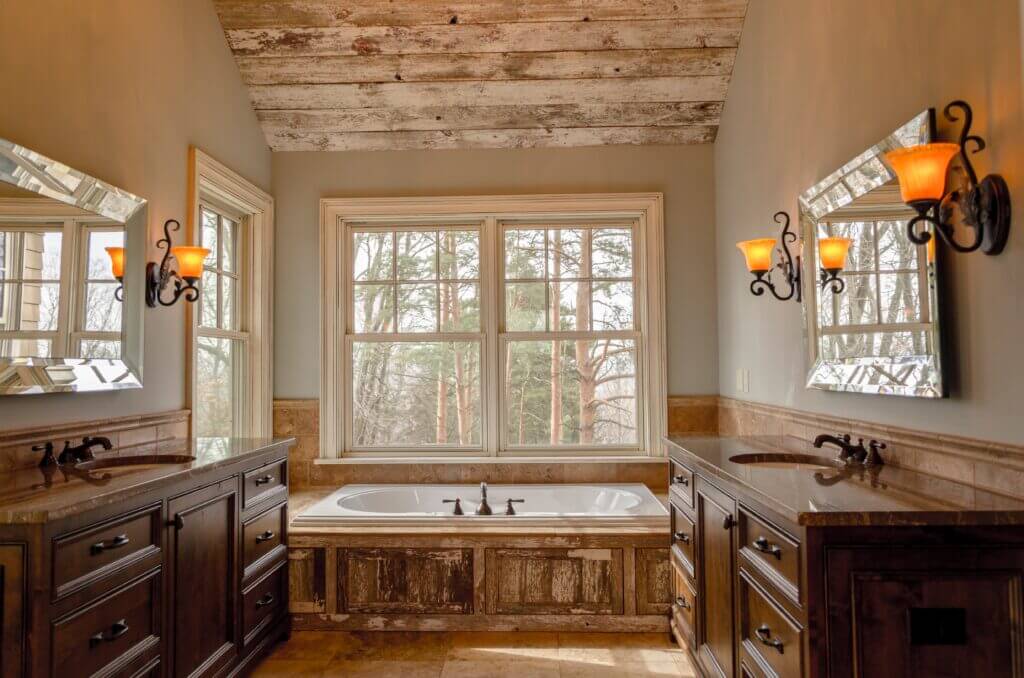
Are Single-Hung Windows Energy Efficient?
Yes, they are fairly energy efficient thanks to their simpler design, which features only one moving sash. Fewer seams and seals mean there are fewer places for air leaks, helping maintain your home’s interior temperature and potentially lowering utility bills.
To boost energy efficiency, consider:
- ENERGY STAR®-Certified Products: Look for windows that meet strict energy efficiency guidelines.
- Low-E Glass Coatings: Reflect heat while allowing natural light to enter.
- Gas Fills: Argon or krypton gas between panes increases insulation.
- Insulated Frames: Help reduce heat transfer through the window frame itself.
If maximum energy efficiency is a top priority, you might also explore picture or casement windows, which tend to offer the tightest seals and minimal air infiltration.
Factors to Consider Before Buying Single-Hung Windows
Before choosing a window, consider the following:
- Ventilation Needs: If you frequently open windows for fresh air, double-hung or casement windows might be a better choice for flexible airflow.
- Climate: Single-hung windows are well-suited for mild or cool climates where ventilation demands are moderate. In hot regions, however, consider alternative styles to maximize airflow.
- Cleaning Requirements: They are easy to clean from the inside on the lower sash. However, cleaning the upper sash on multi-story homes may require exterior access.
- Budget: One of he most affordable operable window types, they’re ideal for budget-conscious projects.
FAQs About Single-Hung Windows
What Is the Lifespan of a Single-Hung Window?
With proper care and high-quality materials, single-hung windows can last 20 to 30 years or longer, depending on your home’s climate and exposure conditions.
Can Single-Hung Windows Be Repaired?
Yes. Common repairs include replacing hardware, repairing balances or springs, and resealing glass. However, extensive damage or outdated models may justify replacement.
Are Single-Hung Windows Good for Bedrooms?
Absolutely. Single-hung windows are suitable for bedrooms, especially on lower floors. However, ensure they meet local building codes for egress in case of emergency.
Do Single-Hung Windows Come With Screens?
Most single-hung windows come with insect screens that fit over the movable sash. Be sure to confirm screen options with your window contractor or manufacturer.
Conclusion: Is a Single-Hung Window Right for Your Home?
These windows remain one of the most practical and budget-friendly choices for many homeowners. They also combine classic styling with straightforward functionality, offering solid energy efficiency and easy maintenance. Standard single-hung window sizes simplify the installation process, helping keep costs lower, while custom sizes are also available for unique spaces. On average, homeowners can expect to pay around $600 per window, with costs ranging from $400 to $850 depending on materials and features. If you’re looking for a window style that balances affordability, simplicity, and reliability, they are a smart choice for many areas of the home.
Compare top-rated windows pros in your area.
Read real homeowner reviews, explore qualifications, and view promotions. Modernize makes it easy to browse professionals and find one that will be perfect for your project.
